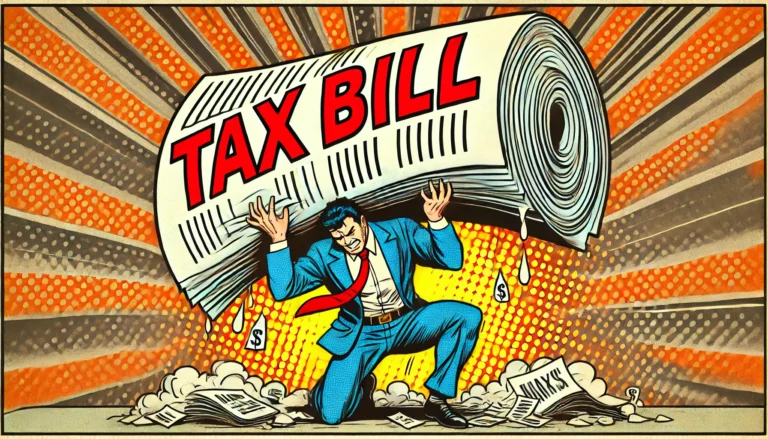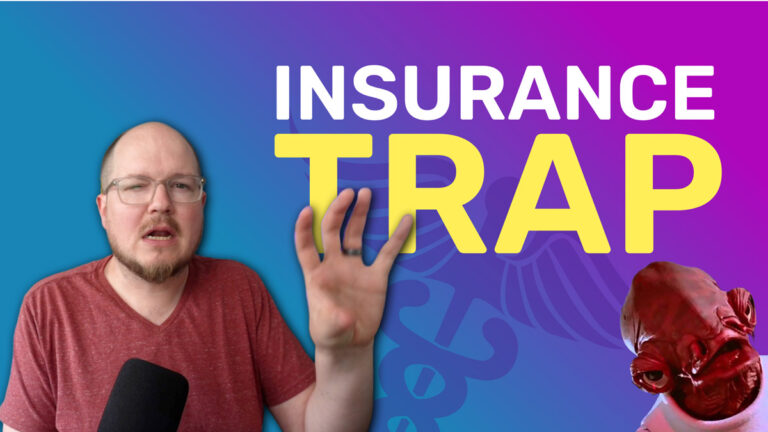If you missed your state’s health insurance open enrollment period, don’t panic—you may still have options!
As of today, February 7, 2025, open enrollment is closed for most states. However, if you’re in Rhode Island, you’re in luck—you actually have until the end of the month to sign up. But for everyone else, here’s what you can do if you still need coverage.
1. Check If You Qualify for a Special Enrollment Period
A Special Enrollment Period (SEP) allows you to enroll in health insurance outside of the standard open enrollment window if you’ve experienced a Qualifying Life Event (QLE). Some common QLEs include:
- Losing health insurance due to job loss or leaving a job
- Turning 26 and aging out of your parents’ health plan
- Getting married or divorced
- Having a baby or adopting a child
- Moving to a new area that affects your coverage options
If you qualify, you typically have 60 days from the date of your life event to enroll. You may also need to provide documentation, so be prepared for that step.
The specific rules can vary by state, so I’ve linked to an article from HealthCare.gov where you can find a full list of qualifying events and more details on eligibility.
Need help? Your state’s marketplace likely has a hotline, live chat, or in-person assistance to guide you through the process. Don’t hesitate to reach out.
2. Use Your State Income Taxes to Trigger Enrollment
Some states offer an insurance enrollment opportunity when you file your state income taxes.
For example, Pennsylvania has a program called “Path to Pennie.” If you’re uninsured when you file your PA state taxes, you can fill out Form REV-1882 (Health Insurance Coverage Information Request). This notifies Pennie (PA’s health insurance marketplace), and they’ll send you a letter with potential coverage options based on your reported income. You’ll also receive an access code to create an account and enroll in a plan within 60 days of the letter’s date.
Several other states have similar programs, so check with your state’s tax department or marketplace to see if this option is available to you.
3. Explore Alternative Health Coverage Options
If you don’t qualify for a Special Enrollment Period and your state doesn’t offer tax-based enrollment, you still have other options:
- Private Insurance Plans – You can buy insurance directly from providers outside of the government exchange.
- Health Care Sharing Ministries or Health Share Plans – These alternatives operate on a cost-sharing model but come with specific eligibility requirements and limitations.
- Direct Pay with Providers – Some people choose to forego insurance altogether and pay for healthcare out-of-pocket, sometimes negotiating cash prices with providers. (Not my recommendation, but it is an option.)
I covered these alternative approaches in a previous video, which you can check out [here].
4. Get Professional Guidance
Health insurance can be confusing, and there’s no one-size-fits-all solution. If you’re unsure about the best plan (or combination of plans) for your budget and healthcare needs, I highly recommend talking to a health insurance broker or advisor. They can help you navigate the options and find the best fit for your situation.
Need More Self-Employment Insights?
If you found this helpful, I’d love for you to subscribe to my YouTube channel, Self-Employment Sidekick, where I share more tips, tricks, reviews, and interviews to help you thrive as a solopreneur.
For example, if you’re looking for ways to save on taxes and control health insurance costs, check out this video on using S-corps to your advantage!
Have questions about my own experience shopping for health insurance? Drop them in the comments—I’d love to help!


